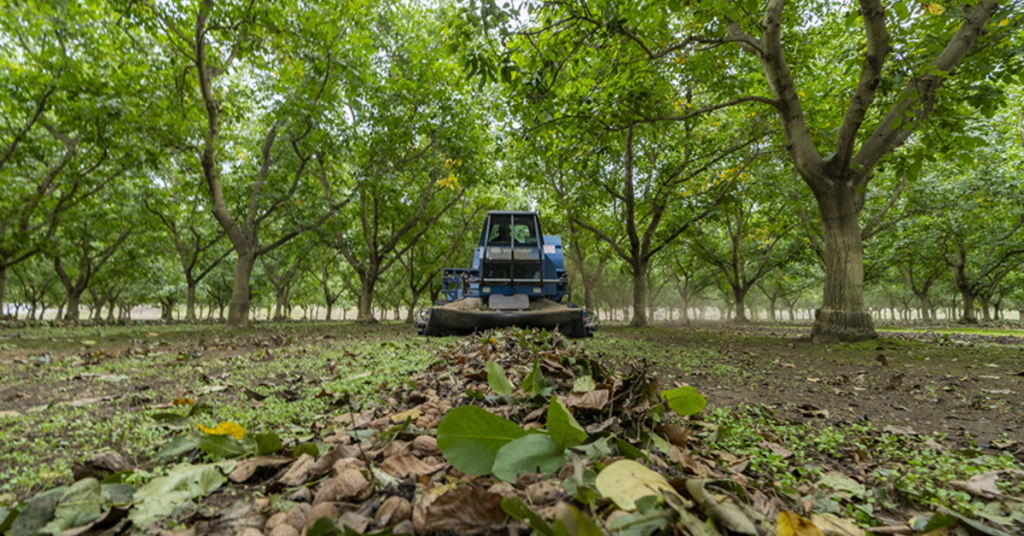
March/April 2024
2024 Tree nut outlook: An early look at what’s ahead this year
While official estimates on tree nut crops won’t be released until May at the earliest, it’s never too early to start looking at expectations. Some of the industry’s leading voices offer opinions on what’s ahead and the factors that could impact their predictions.
Click here to see the latest 2024 crop news.
ALMONDS
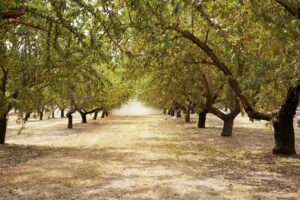
In early March, Blue Diamond Growers emailed a crop update by Kenneth Miyamoto, regional manager, member relations, which noted that growers experienced both favorable and unfavorable weather conditions, but disease pressure was still a concern with the additional rainfall California received.
Blue Diamond Growers indicated weather was a challenge and complicated bloom progress in some almond-growing regions in its March 8 update. Cold temperatures dampened pollination efforts, despite a conducive weather that kicked off the growing season.
Its March 15 update indicated the 2024 California almond bloom had entered its final stages. Trent Voss, regional manager, member relations for Blue Diamond Growers, said that growers across the state are assessing the progress and potential of this year’s crop.
“As the nuts start to size, the inevitable drop of unpollinated blossoms and nutlets has started, leaving growers to speculate on the size of their crop. In the coming weeks as the nuts start to develop and increase in size, growers will begin to have a better idea of what the trees hold,” said Voss in the update.
HAZELNUTS
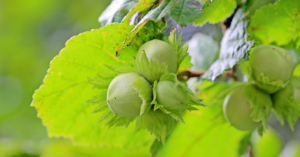
As of the first week of March, there was still bloom going on with some hazelnut varieties, so making an informed prediction is difficult.
However, Nik Wiman, associate professor and hazelnut orchard specialist for Oregon State University, has been around the industry long enough to see some telltale signs.
Wiman mentioned January’s cold temperatures and ice storm caused some damage in the south Willamette Valley.
“When we get these ice storms ahead of bloom or during bloom, the ice really builds up on catkins and weighs the trees down. This can lead to limb breakage and trunk splitting or sometimes tree toppling. Needless to say, this causes yield loss,” he said.
Additionally, the catkins also had some damage Valley- wide but Wiman doesn’t feel this will lead to a production issue. He also shared concern that some female flowers were damaged with the cold.
“However, it appears that only the tips of the stigmas were burned by the cold and the remaining parts of the flower buds survived, so I am fairly confident this won’t have much effect on the crop,” Wiman said. There are serious concerns with pests and disease, most notably a potential of a new strain of eastern filbert blight, a devastating disease of hazelnuts.
He shared optimism over last year’s record harvest and “expects another new record barring a natural disaster.”
PECANS
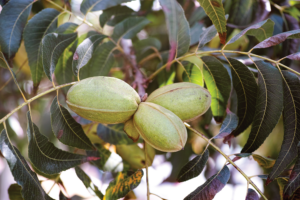
Anne Warden, CEO of the American Pecan Council and American Pecan Promotion Board, noted 2023 was a good year for pecans, with 271 million pounds in the U.S., and quality compared to the rest of the world very high.
There is optimism that the 2024 crop season will be just as strong. Still, there are some climate concerns.
“As we head into the summer, farmers will definitely have an eye toward the shift to La Niña expected this summer or fall and how that might create drier conditions in the West or increased potential hurricanes in the East,” Warden said.
In Georgia, there’s anticipation for a strong 2024 pecan crop because much of Georgia was in the off cycle last year.
Lenny Wells, professor and pecan extension specialist at the University of Georgia, noted with the off-year, he expects a strong pecan crop this season, though the southeastern portion of the state was hit hard by Hurricane Idalia in September, which could affect things negatively.
“We usually see such severe damage having an effect on return crop for the following year, so there is potential for a light crop in that Southeast corner of Georgia,” he said. “We’ve exceeded our chilling requirements, so as soon as we get some warm temperatures, we should see budbreak begin and progress rapidly if temps stay warm.”
Pecan producers will monitor for pecan nut casebearer, stink bugs, aphids, and weevils. The primary disease threat of concern for pecan growers in Georgia is always pecan scab, and Wells noted there could be some significant inoculum potential out there this year as a result of the wet growing season in 2023.
“With the off crop last year, many growers cut back on their sprays and this combined with the wet season could increase the potential for early inoculation if weather conditions are suitable after budbreak,” he said. “Growers will need to be vigilant in watching the weather following budbreak to determine when to begin their fungicide sprays.”
PISTACHIOS
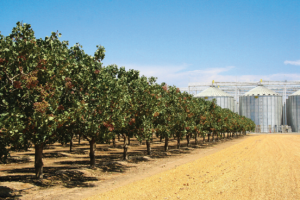
Stephen Vasquez, executive director of the Administrative Committee for Pistachios, noted growers have been dealing with lower-than-average chill in the early months of 2024, which plays a big part in pistachio yield.
“We’re probably looking at 1.2 to 1.3 billion pounds, with where things stand right now,” he said, adding that there are about 500,000 bearing acres of pistachios expected for 2024. “Last year was 1.49 billion pounds, about 3,200 pounds per acre.”
This year is shaping up to be a “decent” water year, Vasquez noted, with the current water board allocation being 15%, thanks in part to an early March major storm, and some other storms expected to add to its snowpack. He expects that allocation to rise.
On the pest side, navel orangeworm is the primary culprit for pistachios as well as almonds and is always a concern. The mealybug is another that growers are on the lookout for.
“There is some ongoing research to come up with better management practices for navel orangeworm,” Vasquez said, pointing to the Sterile Insect Program as one.
The pistachio industry relies on two main acre varieties: Kerman, which represents about 50% and Golden Hills, a newer variety that tends not to drop in tonnage per acre as Kerman does.
“We’re still learning about it, so we don’t know in a really low-chill year what Golden Hills will do in comparison to Kerman,” Vasquez said.
WALNUTS
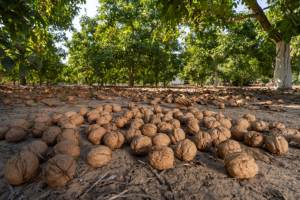
Winter rains came during a time when walnut trees were in full dormancy and provided deep soil moisture needed to sustain the trees and crop in the coming months.
“While some orchards have experienced some localized heavy rainfall, in general, there has been sufficient time between storms to limit flooding and allowing for welcomed water infiltration, which is good for the trees and recharging of the ground water,” said Robert Verloop, CEO of the California Walnut Board & Commission. “While the rain fall has been slow to develop, February precipitation brings us to normal levels.”
In early March, there were too many variables to know the yields. However, the commission expects that it would be around 2 tons per acre and should be a robust crop.
He expects walnut growers will be very observant in the early season to monitor pest activities and conditions that foster the development of fungal diseases.







